
ARCHICRAFT DESIGN SDN. BHD.






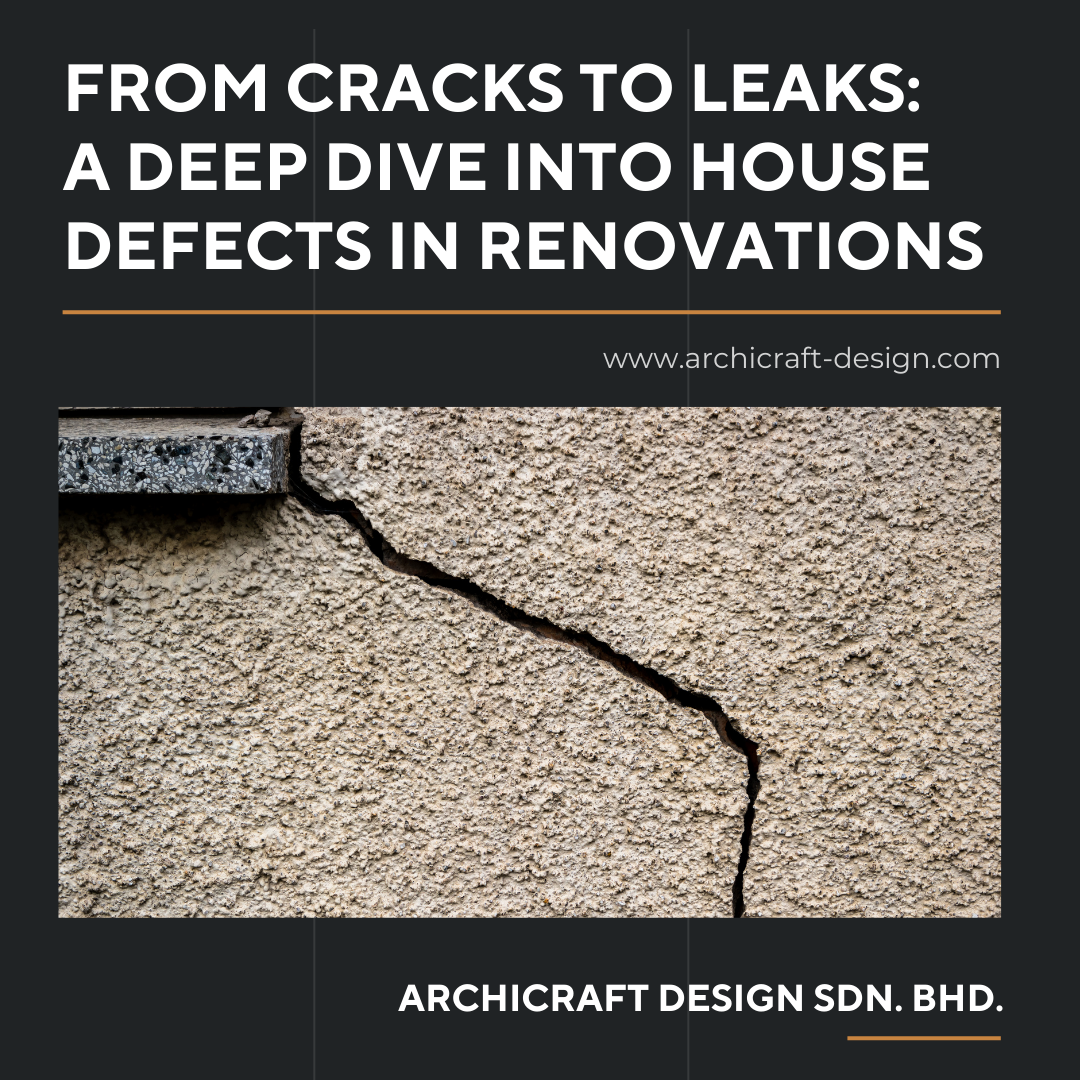
Introduction
Renovating a home or office space is an exciting journey, but it often comes with its fair share of challenges. From structural cracks to water leaks, house defects can disrupt the renovation process and compromise the final outcome. Understanding these common issues is crucial for successful house design, architecture design, interior design, and even office interior design. Here's a comprehensive look at the most common house defects encountered during renovations and how to address them.
Recently surge in reported house defects in Malaysia is certainly a growing concern. It's worrying not only for homeowners but also for the real estate and construction industries. Defects like structural issues, water leakage, and poor workmanship can lead to significant costs and safety risks if not addressed promptly.
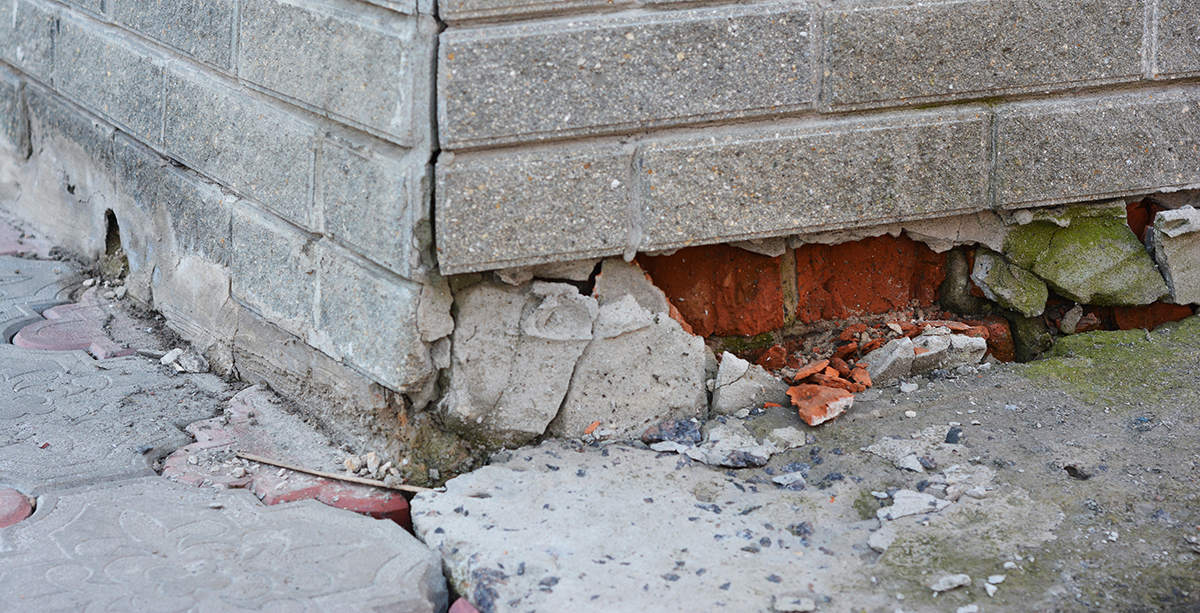
Common House Defects in Interior Design & Renovation
1. Cracks in Walls and Ceilings
Cracks in walls and ceilings are one of the most frequent defects found in homes after renovation. These cracks often occur due to structural shifts in the foundation, improper settling of materials, or the use of low-quality building materials. In many cases, cracks can also appear when there is a sudden change in temperature or humidity levels, causing the walls to expand or contract.
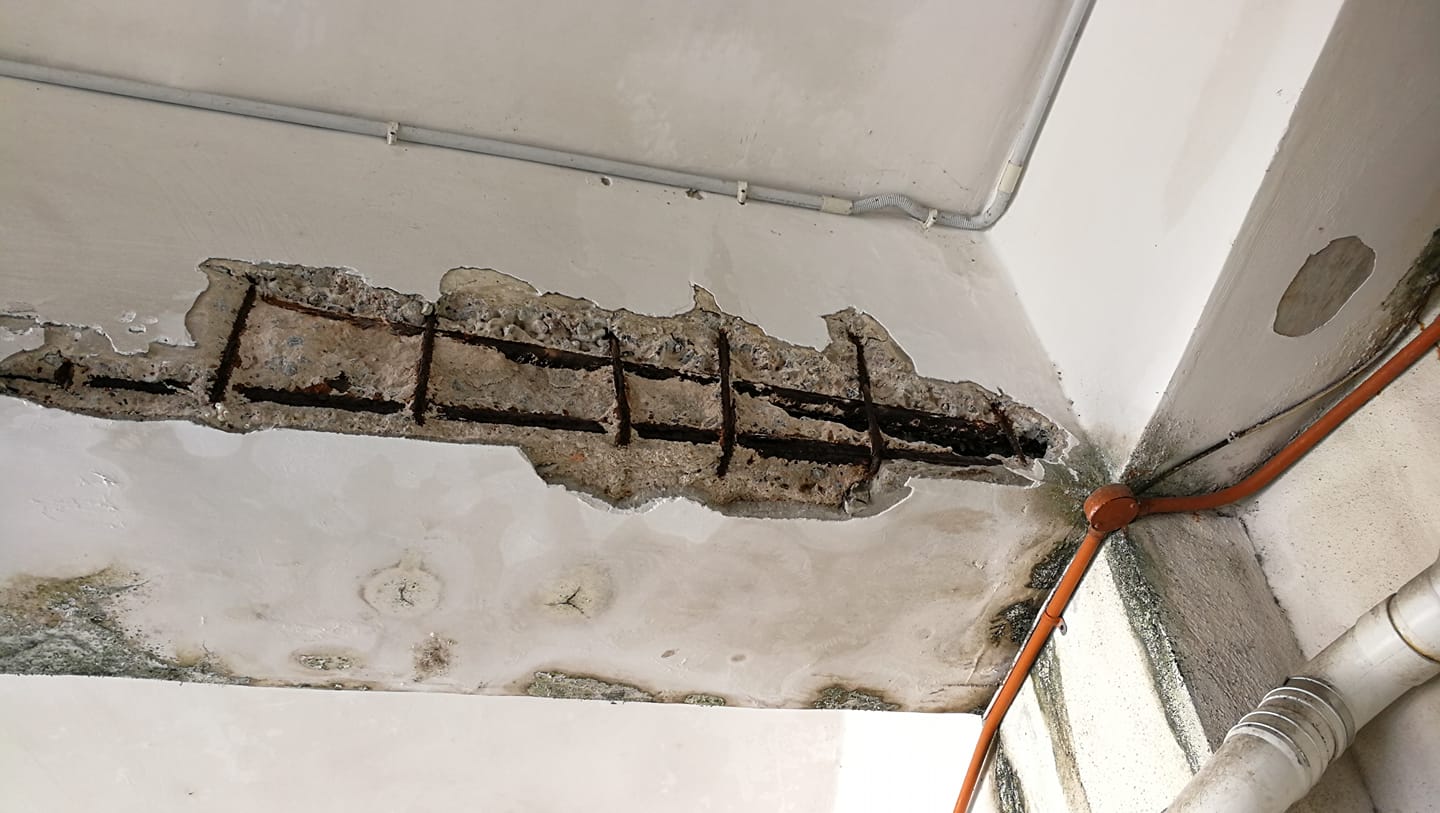
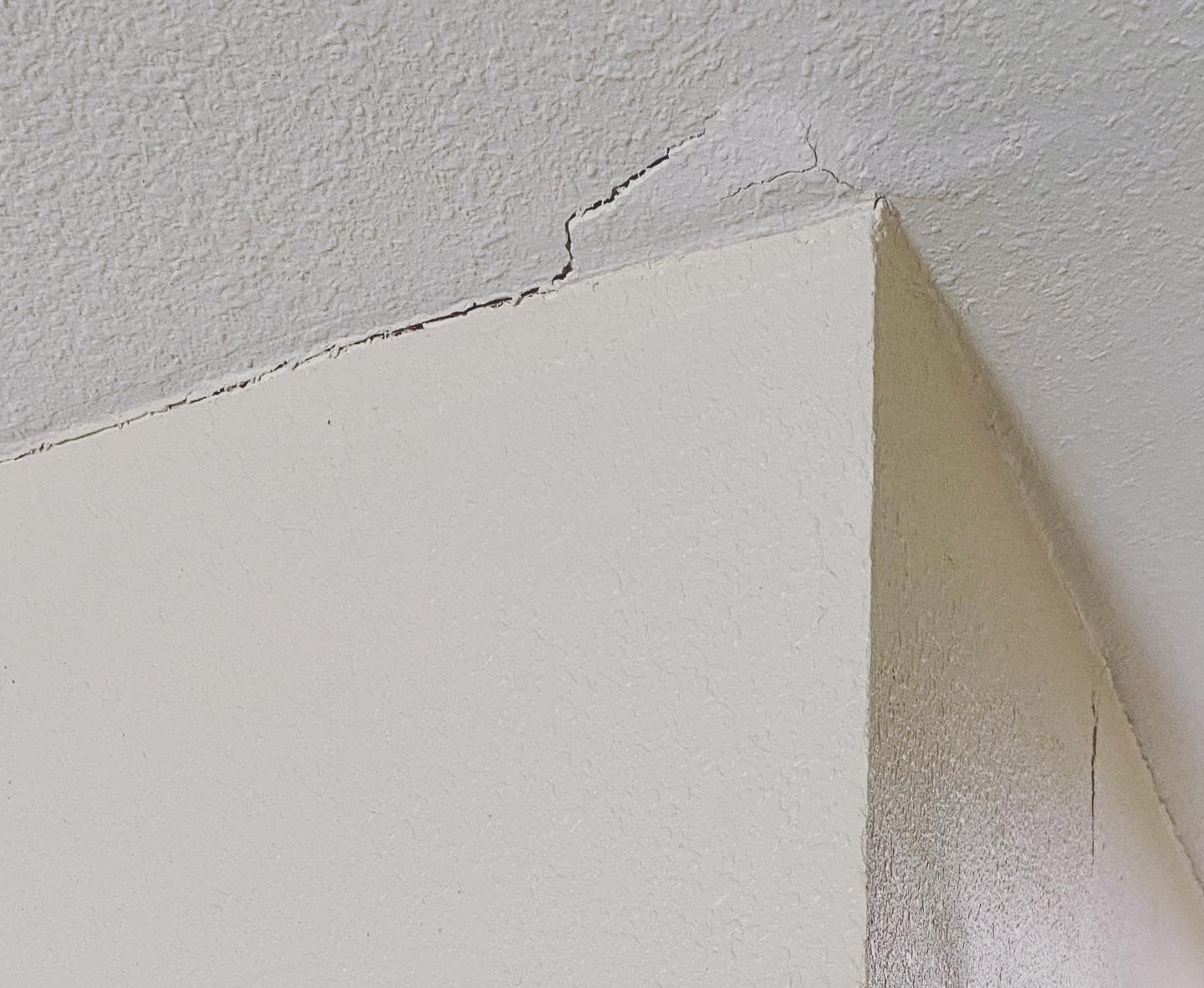
2. Uneven Flooring
Floors that are not level can be a serious issue, especially in areas like the kitchen or bathroom. Uneven flooring can result from improper subfloor preparation or issues during installation. If the foundation of the floor isn’t properly stabilized or if the flooring materials expand or contract unevenly, it can lead to an uneven surface. This may be particularly common in humid climates, where materials like wood or laminate can shift over time.
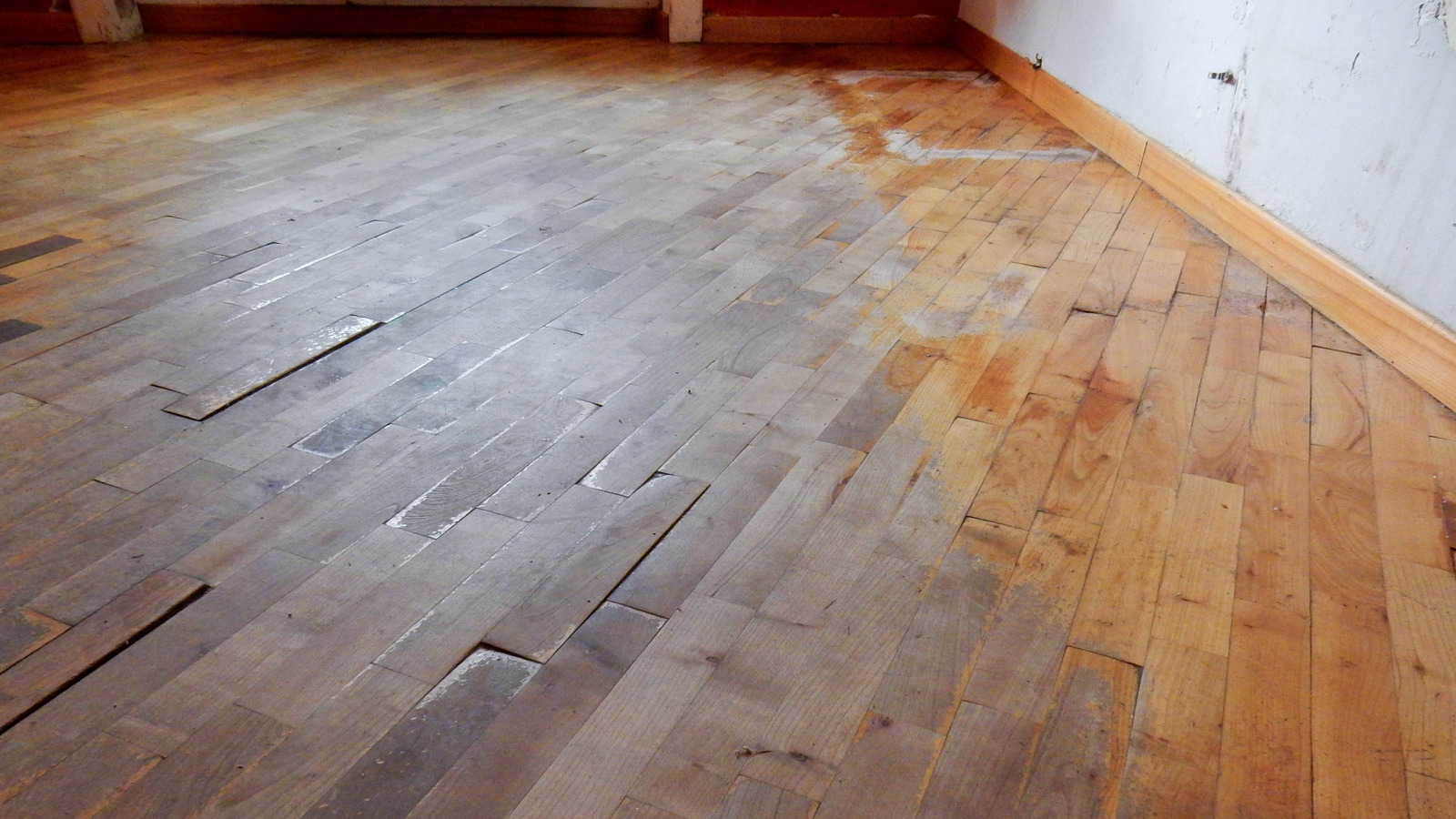
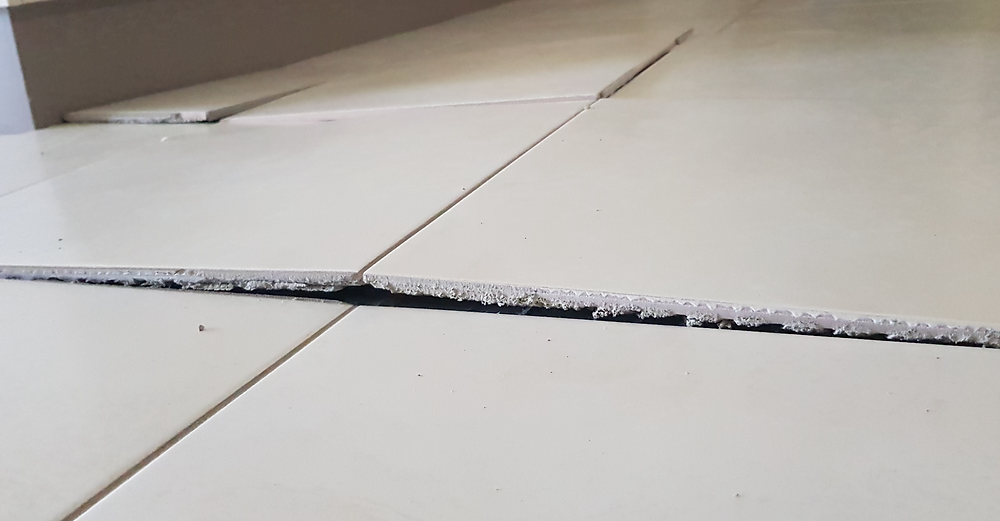
3. Water Leakage
Water leakage is another significant defect that can cause long-term damage to a home. Leaks often happen in bathrooms, kitchens, or around windows and doors. Inadequate sealing, poor plumbing work, or damage to waterproofing layers can allow moisture to seep into walls and ceilings, leading to mold growth and decay. Poorly installed or outdated roofing can also contribute to leaks during heavy rainfall.
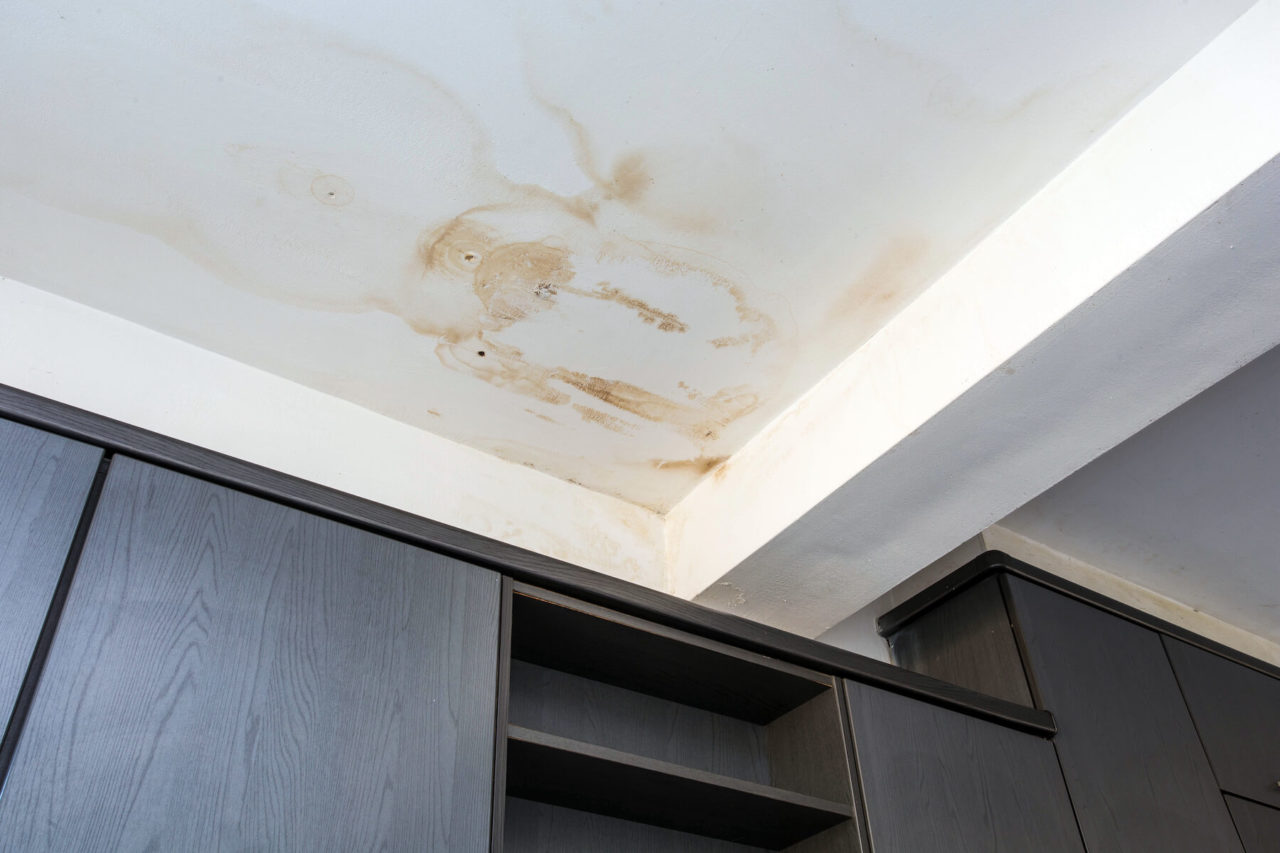
4. Poorly Installed Fixtures and Fittings
After renovation, many homeowners notice that light fixtures, door handles, or faucets are improperly installed or loose. This can be caused by poor workmanship during installation or using incorrect materials for specific tasks. These defects often result in items that are not securely fixed, making them prone to falling, malfunctioning, or causing further damage.
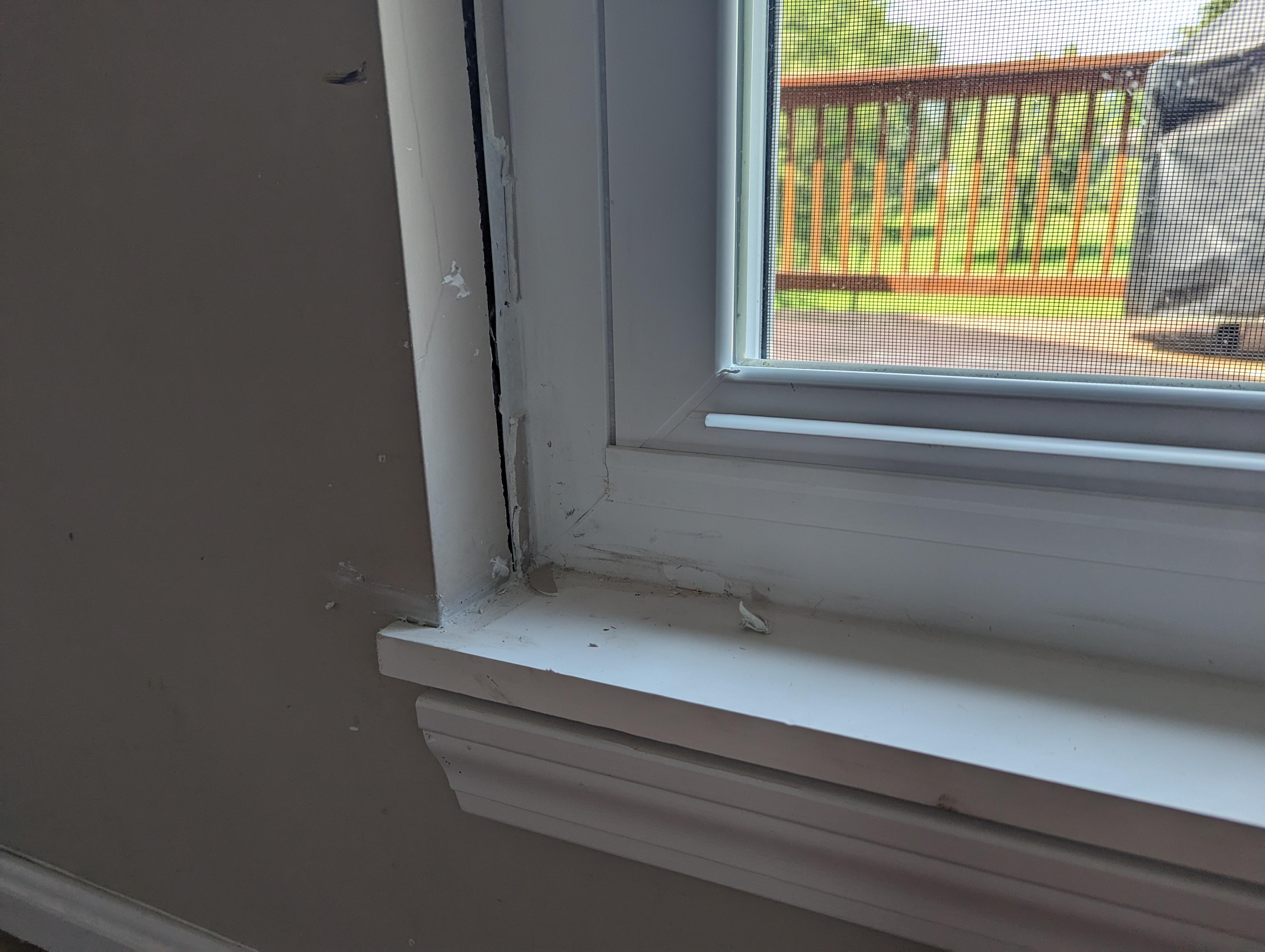
5. Paint Peeling or Fading
Paint peeling, cracking, or fading is a cosmetic defect that can dramatically affect the appearance of a home. This issue is often caused by improper surface preparation, such as painting over dirty or damp walls, or using low-quality paint products. Additionally, exposure to excessive moisture, heat, or sunlight can cause paint to degrade quickly.
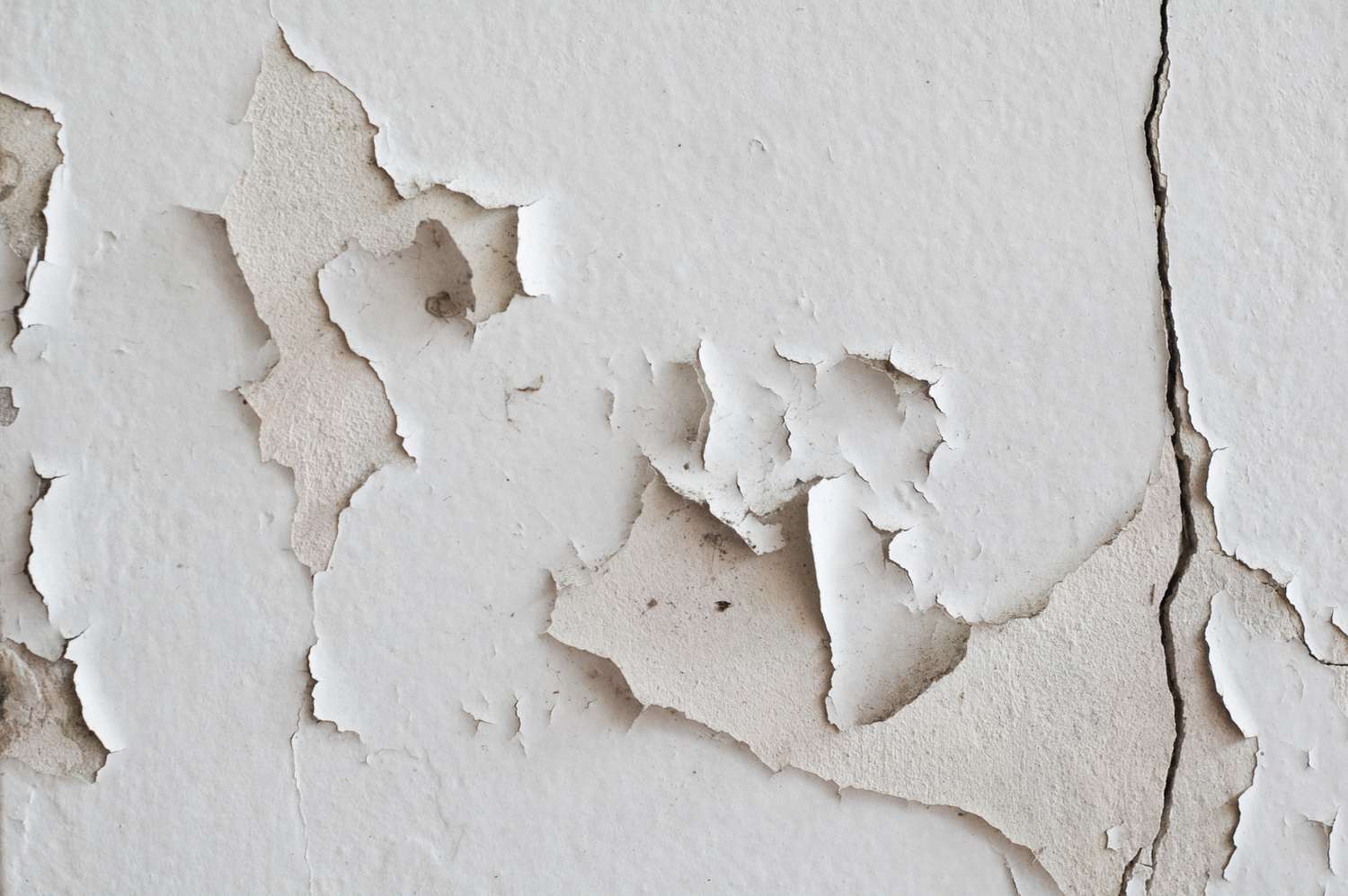
6. Electrical Issues
Electrical defects, such as flickering lights or faulty outlets, are some of the most concerning post-renovation issues. These problems typically arise due to substandard electrical work during the renovation process. If the wiring is outdated or if there are improper connections made between new and old components, it can result in dangerous electrical faults. Overloading circuits with too many devices or using incorrect wiring standards can also create safety hazards.
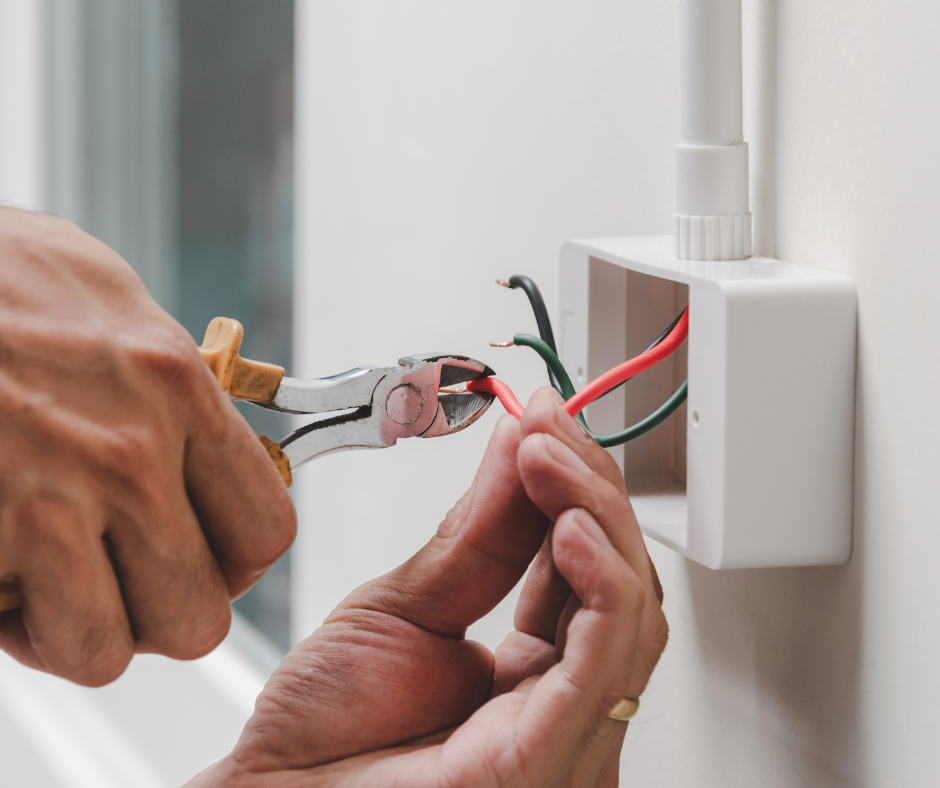
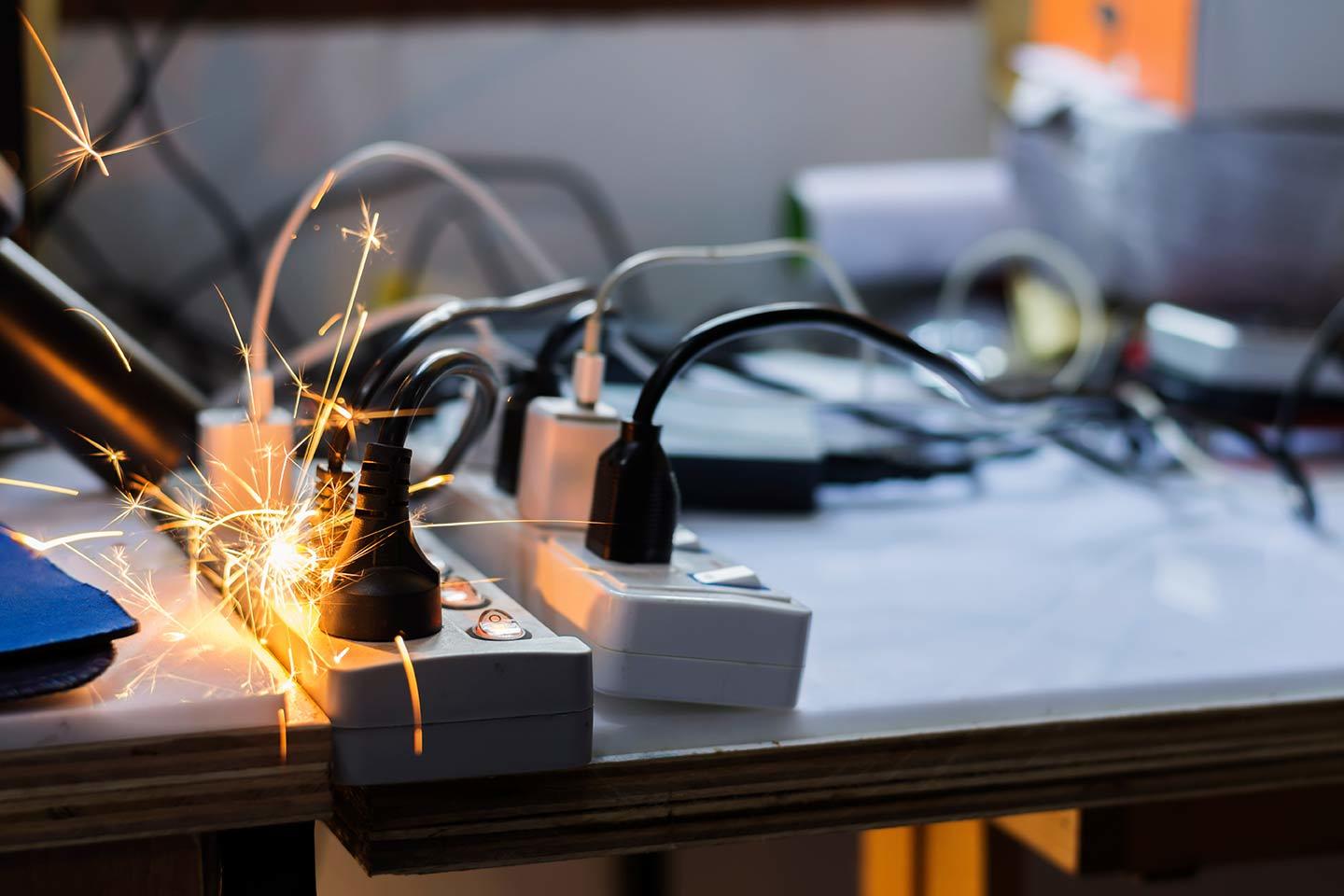
Why Do These Defects Happen?
a. Inadequate Planning and Design
Poor planning at the design stage is a leading cause of defects in interior design and renovation. If the renovation team doesn't accurately assess the space, budget, or materials needed, it can lead to poor construction decisions. Not taking into account factors such as moisture levels, structural integrity, or traffic patterns can create long-term problems.
b. Use of Substandard Materials
While it may be tempting to cut costs by using cheaper materials, this can often lead to defects. Low-quality materials might not withstand the wear and tear of daily use or changes in temperature and humidity. Over time, cheaper materials can warp, crack, or degrade much faster than higher-quality alternatives.
c. Inexperienced Contractors
The skills and experience of the contractors you hire play a significant role in the success of a renovation project. Contractors who lack experience or who are rushing to complete the work can make errors that lead to defects. This might include miscalculations, improper installation, or inadequate follow-through on tasks.
d. Environmental Factors
Environmental conditions can have a direct impact on the integrity of your home post-renovation. In regions with high humidity, temperature fluctuations, or frequent rainfall, the materials used in renovation can react to these conditions and cause defects. Poorly designed ventilation systems or insulation can exacerbate these effects.
e. Lack of Proper Maintenance
Even the best renovations can experience defects if the home is not maintained properly. For example, small leaks or cracks that aren't promptly addressed can worsen over time, leading to more severe issues. Regular inspections and maintenance are essential in preventing defects from becoming major problem.

The Impact of House Defects
The impact of house defects, especially in the context of interior design and renovation, can be far-reaching and affect various aspects of homeowners, developers, and even the broader construction industry. Below are the key impacts that house defects can have:

To address this issue, several measures can be taken:
Conclusion
From cracks to leaks, house defects can pose significant challenges during renovation projects. However, with proper planning, professional expertise, and high-quality materials, these issues can be effectively managed. Whether you're working on house design, architecture design, interior design, or office interior design, addressing defects proactively ensures a successful renovation that combines functionality, safety, and aesthetic appeal. By understanding and tackling these common problems, you can transform any space into a durable, beautiful, and efficient environment.
As an established Interior Design firm with over 18 years of experience in Interior Design and Construction, we are committed to ensuring that every home we design and build is in excellent condition, free from defects, and crafted with the highest standards of quality and workmanship.
Our dedication to quality and craftsmanship has earned us numerous positive reviews and commendations from clients in Johor Bahru and Singapore.
We invite you to explore our previous designs and projects to witness the quality and craftsmanship we deliver. Check out our social media—Facebook, Instagram, TikTok, and Xiaohongshu—along with our client testimonials to gain confidence in our work.
If you're interested, we’d be happy to arrange a visit to your house unit to provide more information on interior design and renovation! For any inquiries, please feel free to contact us at +6011-5755 0549. Let us bring your vision to life!






